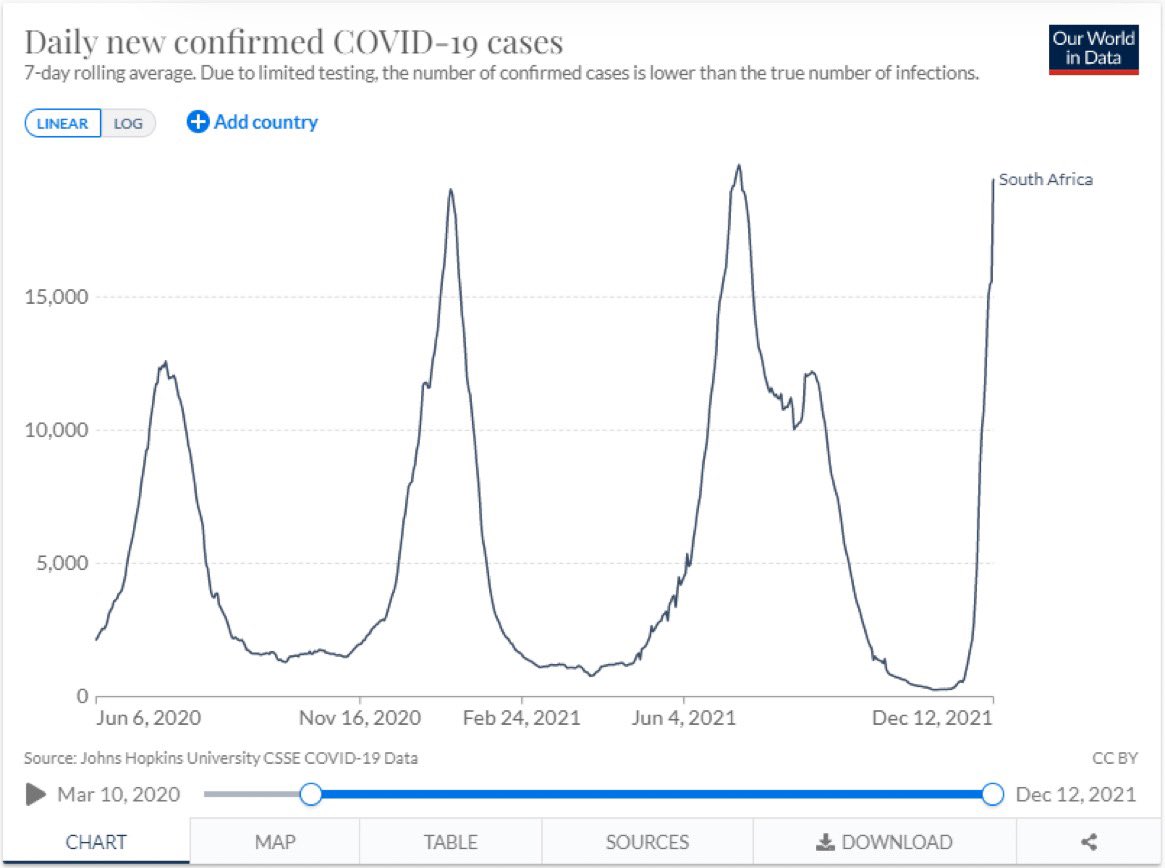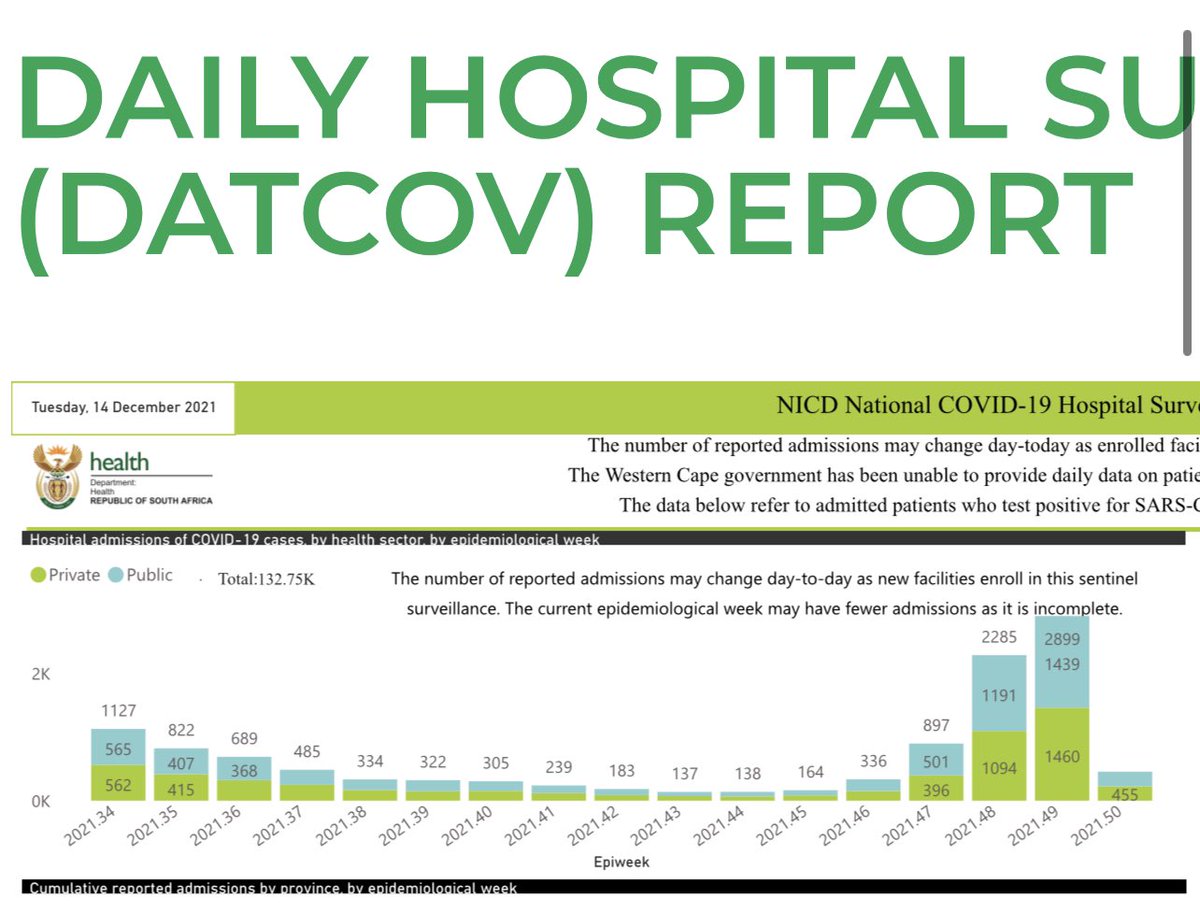BREAKING—Largest study of 2-shot Pfizer vaccine effectiveness against #Omicron from largest health insurer in 🇿🇦:
📌33% VE against #Omicron (symptomatic?) infection
📌70% VE against #Omicron hospitalization (93% against #DeltaVariant before in 🇿🇦)
➡️Urgently need boosters.🧵
📌33% VE against #Omicron (symptomatic?) infection
📌70% VE against #Omicron hospitalization (93% against #DeltaVariant before in 🇿🇦)
➡️Urgently need boosters.🧵

2) the new study also mentions 20% greater risk of hospitalization among kids with #Omicron compared to an older strain last year. 

3) Also, the protective effects of prior infection has waned and further erode by #Omicron. ➡️ Bottomline: don’t rely on past infection immunity! 

4) that said, analysis suggested a 29% lower severity versus the earlier D614G strain last year. But we don’t know if this is adjusted for critical factors— age adjustment of new cases today? Vaccine adjustment? Prior infection adjustment? Vaccine / infection recency? All key! 

5) Other epidemiologists have concerns if this data is too optimistic given that a lot of South Africa 🇿🇦 is “effectively a 3 dose population” given how many past waves it has endured (IHME estimates 70%+ infected) and plus vaccinations = a boosted population.
6) the data is from 211,000 positive PCR tests, of which 41% had 2 shots of Pfizer.
https://twitter.com/miamalan/status/1470684357782392833
7) CRITICAL REMINDER—small changes in severity isn’t what will hospitalize/kill most people—it’s the exponential cases via higher contagiousness. Even with 1/10ths the lethality and a modest 2x transmission will kill more very quickly. #Omicron is likely 4-6x more transmissible!
https://twitter.com/drericding/status/1469723185084084225
8) In the Delta wave it took South Africa 🇿🇦 2 months to reach ~19,400 cases a day, now with #Omicron, it took only 19 days.
HT @leorovatti
HT @leorovatti

9) So I dug further & found they adjusted for age & vaccination for the 20% higher risk of hospitalization in kids, 29% lower risk in adults with #Omicron. ➡️But the data is also weird—it showed lower risk with Delta—which has been proven to be **more severe** many times before! 

10) if we match up cases of each wave versus the mortality time lag… by shifting the time scale… we are still way too early to pick up the deaths yet. HT @stevenjfrisch
https://twitter.com/stevenjfrisch/status/1470742373898543107
11) I do not think hospitalizations have even come close to peaking yet. In Gauteng province epicenter, there are a lot of delays in hospital reporting. nicd.ac.za/diseases-a-z-i… 

12) this new SA study’s 33% Pfizer efficacy semi matches the significantly lower neutralization of #Omicron seem in the Innsbruck AT study below. See thread 🧵
https://twitter.com/DrEricDing/status/1470189259864870920
13) Largest vaccine comparison study to date in neutralization against #Omicron. Moderna seems modestly okay. But some others very poor or no effect.
See detailed 🧵 below. 👇
See detailed 🧵 below. 👇
https://twitter.com/drericding/status/1471035675382358018?s=10
• • •
Missing some Tweet in this thread? You can try to
force a refresh


















